Fast, Guaranteed Local Auto Body Repair: Top Services Unveiled
Local auto body repair services are vital for community safety and vehicle aesthetics, addressing a…….
Welcome to an in-depth exploration of the vital sector that contributes significantly to the automotive industry—Local Auto Body Repair. This article aims to guide readers through the intricate world of auto body repair, highlighting its importance, global impact, and the various factors shaping its future. From understanding the fundamentals to uncovering emerging trends, we will delve into what makes local auto body repair a critical component in ensuring road safety and vehicle longevity.
Definition: Local auto body repair refers to the specialized service of restoring or rebuilding the structural integrity of motor vehicles after an accident or damage. It involves skilled technicians mending or replacing various components, ensuring the vehicle’s exterior and interior are restored to their pre-incident condition or an improved state.
Core Components: The process encompasses several critical stages:
Assessment and Damage Analysis: Technicians meticulously inspect the vehicle, identifying structural damage, frame straightening requirements, and the extent of body panel repairs needed.
Frame Straightening: This involves using specialized equipment to realign the vehicle’s frame, ensuring it returns to its original specifications and safety standards.
Body Panel Replacement/Repair: Damaged body panels are either repaired or replaced with new ones, matching the vehicle’s make, model, and year for a seamless fit.
Paintwork and Finishes: Skilled painters expertly match the vehicle’s original color and apply high-quality paints, ensuring a flawless finish.
Interior Restoration: The interior is restored to its original condition, including repairing or replacing seats, dashboards, and other components.
Historical Context: Auto body repair has evolved significantly over the years, mirroring advancements in vehicle technology. In the early days, simple repairs involved basic welding and panel beating. However, with the introduction of modern safety standards, advanced materials, and computer-aided design, local auto body repair has become a highly sophisticated process. Today’s technicians require specialized training and tools to handle complex repairs, ensuring vehicles meet safety regulations while retaining their aesthetic appeal.
Local auto body repair transcends geographical boundaries, with international trends shaping its practices and standards. Here’s a global outlook:
Standardization: The automotive industry’s push for standardization has led to uniform safety regulations worldwide. This ensures that local repair shops adhere to similar guidelines when restoring vehicles, promoting consistency in quality and safety.
Technological Exchange: Global technological advancements are rapidly shared and adopted, enabling local repair facilities to stay updated with the latest tools and techniques. For instance, the widespread adoption of robotic welding has improved precision and efficiency in body repairs.
Regional Specializations: Different regions have developed unique specialties in auto body repair due to historical and cultural factors. For example, Japan is renowned for its meticulous panel beating and paintwork, while Germany is known for its precision frame straightening techniques.
Sustainability Focus: The growing emphasis on sustainability has led to eco-friendly practices in local auto body repair. Shops are adopting recyclable materials, implementing efficient waste management systems, and utilizing water-based paints to reduce environmental impact.
The economic landscape of local auto body repair is dynamic and plays a significant role in the global automotive market.
| Economic Aspect | Description |
|---|---|
| Market Size: The global auto body repair market was valued at USD 142.5 billion in 2021 and is projected to grow at a CAGR of 4.8% from 2022 to 2030, according to MarketWatch. This growth is attributed to increasing vehicle sales, rising demand for repairs due to accidents and natural disasters, and growing emphasis on vehicle maintenance. | |
| Investment Patterns: Local auto body repair shops vary in size, from small independent businesses to large franchised chains. Investments in modern equipment, training, and marketing significantly impact their profitability. Many shops are adopting digital technologies, such as online booking systems and customer relationship management software, to enhance efficiency and customer experience. | |
| Economic Impact: Repair shops contribute to local economies by providing employment, generating revenue, and supporting related industries like parts suppliers and insurance companies. In 2019, the auto body repair industry in the United States supported over 134,000 jobs, with an average annual salary of USD 47,860 (Source: National Association of Auto Body Repair Professionals). | |
| Competitive Landscape: The market is highly competitive, with traditional brick-and-mortar shops facing challenges from emerging online repair platforms. However, local auto body repair shops often excel in personalized service and same-day repairs, giving them an edge over digital competitors. |
Technology plays a pivotal role in transforming local auto body repair, improving efficiency, accuracy, and customer satisfaction.
Computer-Aided Design (CAD) Software: CAD systems enable technicians to create precise measurements and designs for panel replacements, ensuring better fitment and finish.
Robotic Welding: Robotic arms provide consistent and accurate welds, reducing repair time and improving the structural integrity of vehicles.
3D Printing: This technology is revolutionizing body panel repairs by creating custom parts quickly and cost-effectively. 3D-printed parts can match original equipment in terms of strength and appearance.
Advanced Paint Technology: Modern paint systems offer improved durability, faster drying times, and a wider range of colors. Computerized paint mixing ensures an exact color match, enhancing the overall restoration process.
Digital Imaging and Visualization: High-resolution cameras and 3D scanning technology allow technicians to capture detailed vehicle data, enabling them to diagnose issues remotely and provide transparent quotes to customers.
The auto body repair industry is subject to various policies and regulations that govern its practices and standards, ensuring consumer safety and quality workmanship.
Safety Standards: Organizations like the National Highway Traffic Safety Administration (NHTSA) in the US and similar entities worldwide set safety standards for vehicle repairs. These standards dictate the use of specific equipment, materials, and techniques to ensure structural integrity.
Environmental Regulations: Local auto body repair shops must comply with environmental protection laws regarding waste management, emissions control, and the proper disposal of hazardous materials like solvents and paints.
Licensing and Certification: Technicians and shop owners often require licensing and certification to demonstrate their competence. These certifications ensure that repairs meet industry standards and protect consumers from substandard work.
Insurance Guidelines: Insurance companies have specific guidelines for auto body repair, including preferred shops and approval processes. Repair facilities must be aware of these guidelines to ensure smooth claims processing for customers.
Despite its significance, local auto body repair faces several challenges and criticisms that impact its growth and reputation. Here’s an analysis of some key issues:
Skills Gap: The industry struggles with a shortage of skilled technicians due to the specialized nature of the work and changing job market expectations. Training programs and apprenticeships are essential to address this gap.
Competition from Online Platforms: Online auto repair marketplaces offer convenience but may compromise quality control. Local shops can differentiate themselves by emphasizing personalized service, expertise, and same-day repairs.
High Insurance Claims Processing Times: Delays in insurance claims processing can impact shop profitability and customer satisfaction. Implementing digital systems for documentation and communication can streamline this process.
Environmental Concerns: The industry’s environmental footprint is a growing worry, particularly regarding waste management and the disposal of hazardous materials. Adopting eco-friendly practices and technologies can mitigate these concerns.
Strategies to Overcome Challenges:
Collaboration with Training Institutions: Partnering with vocational schools and community colleges to offer training programs can help fill the skills gap.
Embracing Digital Transformation: Investing in digital tools, such as online booking systems and customer relationship management software, can enhance efficiency and attract tech-savvy customers.
Building Customer Trust: Local shops can foster trust by offering transparent pricing, providing references, and ensuring excellent customer service to compete with online platforms.
Adopting Sustainable Practices: Implementing eco-friendly technologies and waste reduction strategies will not only benefit the environment but also enhance a shop’s reputation among environmentally conscious consumers.
Location: San Francisco, CA, USA
Challenge: A local auto body repair shop aimed to differentiate itself in a competitive market while minimizing its environmental impact.
Solution: They adopted eco-friendly practices by using water-based paints, implementing a recycling program for metal scrap and old parts, and investing in solar panels to reduce energy consumption. The shop also introduced an online booking system, offering transparent pricing and real-time updates on repair progress.
Result: This strategy attracted environmentally conscious customers, resulting in increased market share and improved customer loyalty. The shop’s unique approach gained media attention, positioning them as industry leaders in sustainability.
Location: Berlin, Germany
Scenario: A traditional auto body repair shop struggled to compete with online repair marketplaces.
Strategy: They invested in a user-friendly website and mobile app, allowing customers to book appointments, receive instant quotes, and track repairs. The shop also utilized social media for marketing, showcasing before-and-after photos of their restoration work.
Impact: This digital transformation increased customer engagement, particularly among younger generations. The shop’s online presence improved its visibility, leading to a 30% increase in new customers within six months.
The local auto body repair industry is poised for further growth and innovation, driven by several emerging trends:
Autonomous Vehicles: As self-driving cars become more prevalent, the repair process will evolve to address unique challenges. For example, sensor damage and software updates will require specialized knowledge and equipment.
Connected Cars: The rise of Internet of Things (IoT) devices in vehicles presents opportunities for auto body repair shops to offer value-added services, such as diagnostic checks and remote vehicle monitoring.
Advanced Materials: Newer materials like carbon fiber and composite plastics will require specialized repair techniques. Shops investing in training and equipment for these materials will be well-positioned for future growth.
Electric Vehicles (EVs): With the growing adoption of EVs, repair facilities must familiarize themselves with the unique repair considerations of electric drivetrains and batteries. Specialized tools and training will be essential.
Local auto body repair is a critical component of the global automotive ecosystem, ensuring vehicles meet safety standards and customers receive top-quality service. From its historical roots to the latest technological advancements, this industry has evolved dynamically in response to changing vehicle technology, consumer expectations, and environmental considerations.
As we look ahead, the local auto body repair sector is poised for continued growth, driven by emerging trends like autonomous vehicles, connected cars, and advanced materials. By embracing digital transformation, adopting sustainable practices, and investing in skilled technicians, local repair shops can thrive in a competitive market. Ultimately, the future of this industry lies in its ability to adapt, innovate, and deliver exceptional service while addressing the evolving needs of drivers worldwide.
Q: How do I choose a reputable local auto body repair shop?
A: Look for shops with certified technicians, positive customer reviews, and transparent pricing. Ask for references and ensure they use industry-recognized safety standards and materials.
Q: Are online auto repair platforms reliable?
A: While convenient, online platforms may lack the personalized service of local shops. Always verify the reputation and qualifications of the repair facility, regardless of whether you choose a local or online option.
Q: What should I do if my insurance company approves a less expensive repair shop?
A: Ensure the approved shop meets your safety and quality expectations. If concerns arise, contact your insurance provider to discuss their approval process and consider getting a second opinion from a reputable local shop.
Q: How can auto body repair shops reduce their environmental impact?
A: By adopting eco-friendly practices like using recyclable materials, implementing efficient waste management systems, and offering digital services to reduce paper usage, shops can minimize their ecological footprint while appealing to environmentally conscious customers.

Local auto body repair services are vital for community safety and vehicle aesthetics, addressing a…….
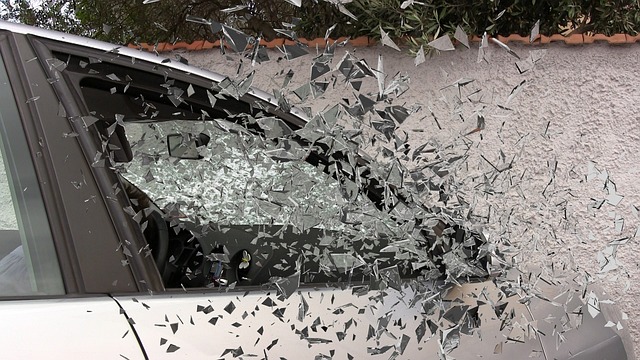
Many drivers prefer local auto body repair shops over national chains due to their personalized serv…….
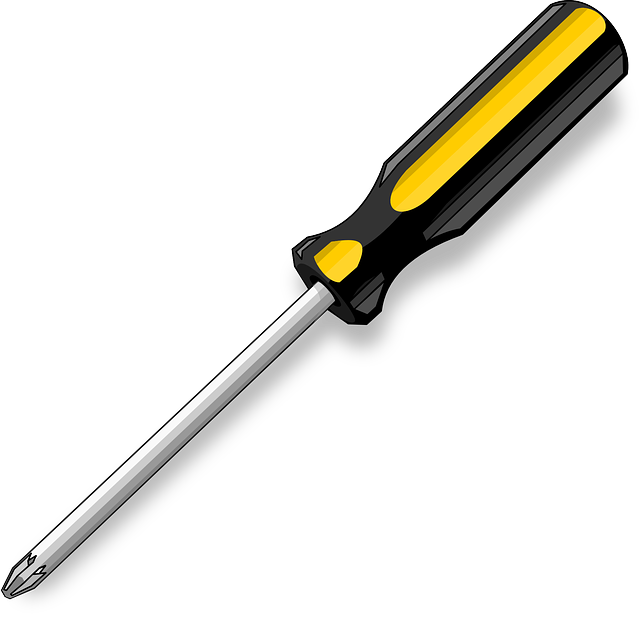
Local auto body repair services are crucial for maintaining vehicle condition year-round. Skilled te…….
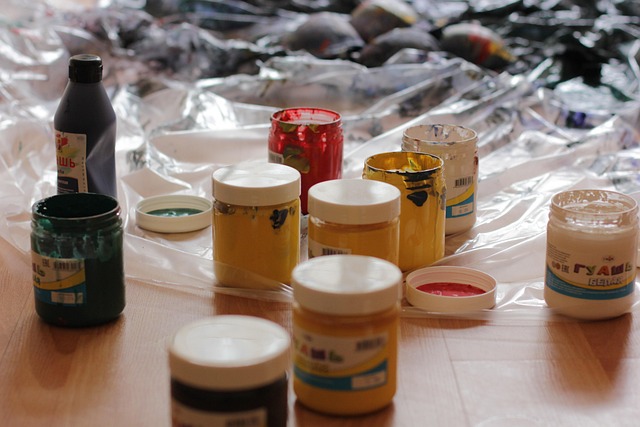
Local auto body repair shops offer more than just dent and scratch fixes, providing a comprehensive…….
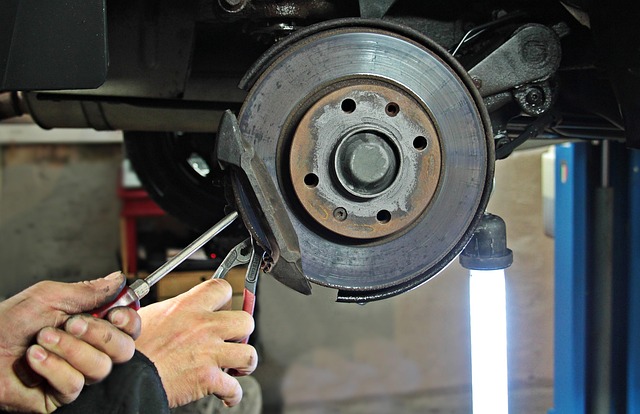
Local auto body repair shops offer competitive pricing and high-quality services due to lower overhe…….
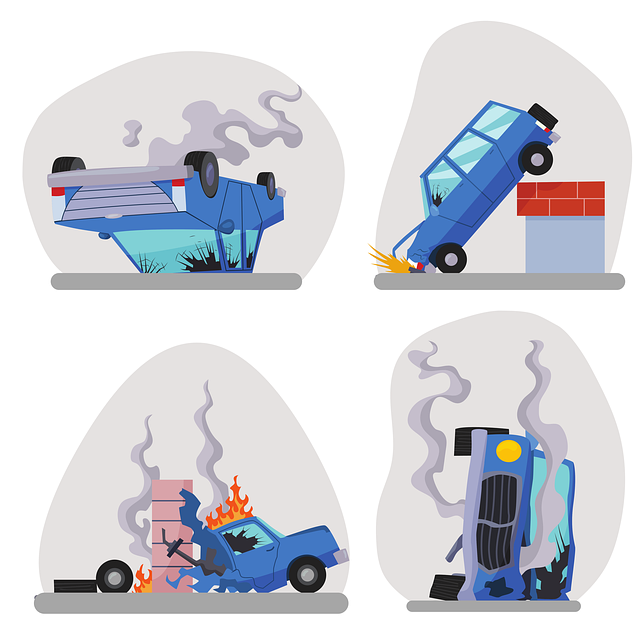
Advanced technology is transforming local auto body repair, offering unprecedented precision, effici…….

OEM-approved parts are essential for local auto body repair due to their precise fitting, superior q…….
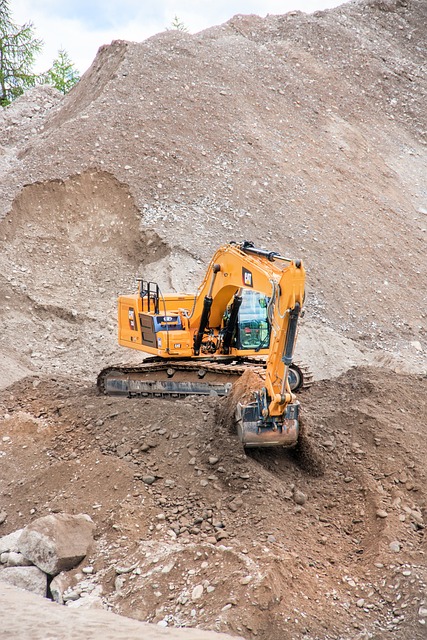
Local auto body repair shops are crucial for swift, dependable services, offering unparalleled conve…….

Local auto body repair services are crucial for vehicle safety and aesthetics, offering specialized…….

In competitive local auto body repair, transparency builds trust. Vehicle owners should demand upfro…….